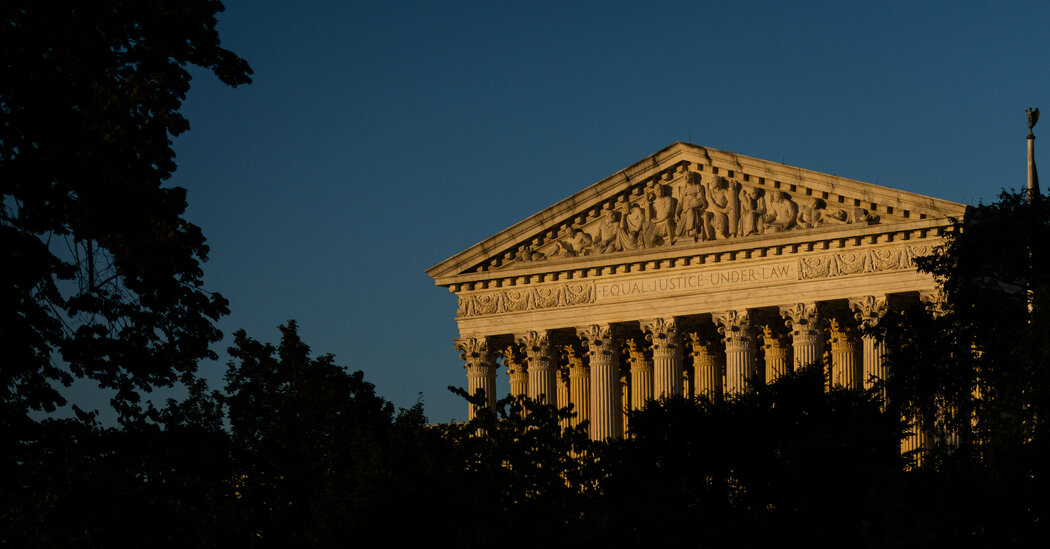The Supreme Court on Monday gave companies more time to challenge many regulations, ruling that a six-year statute of limitations for filing lawsuits begins to run when a regulation first affects a company rather than when it is first issued.
The case was one of several this term challenging the power of executive agencies, and the ruling could amplify the effect of a blockbuster decision last week overturning a foundational doctrine known as Chevron deference.
The vote was 6 to 3, along ideological lines.
In dissent, Justice Ketanji Brown Jackson wrote that the decision, along with the case on Chevron, Loper Bright Enterprises v. Raimondo, was part of an assault on the power of administrative agencies.
“At the end of a momentous term,” she wrote, “this much is clear: The tsunami of lawsuits against agencies that the court’s holdings in this case and Loper Bright have authorized has the potential to devastate the functioning of the federal government.”
The case on time limits, Corner Post v. Board of Governors of the Federal Reserve System, No. 22-1008, arose from a challenge to a 2011 regulation of debit-card swipe fees brought by two trade associations in 2021. After the government moved to dismiss the case on statute of limitations grounds, the associations added a third plaintiff: Corner Post, a truck stop and convenience store in Watford City, N.D., that had opened for business in 2018.
The amended suit said Corner Post could not have sued within the six-year period after the issuance of the regulation because it did not yet exist. It said the six-year clock should have started running when the regulation first affected the company.
Lower courts disagreed, dismissing the case.
When the case was argued in February, Justice Elena Kagan asked a government lawyer how important a decision extending the statute of limitations would be if the court overruled a seminal administrative-law decision, Chevron v. Natural Resources Defense Council. The decision established the Chevron doctrine, which required federal courts to defer to agencies’ reasonable interpretations of ambiguous statutes.
“Has the Justice Department and the agencies considered whether there is any interaction between these two challenges?” Justice Kagan asked.
The lawyer, Benjamin W. Snyder, responded, “I want to be careful here.”
Then he added that the consequences could be enormous. “I think what I’d say is that a decision for petitioner here would magnify the effect of any other decisions changing the way that this court or other courts have approached administrative law questions,” he said, “because it would potentially mean that those changes would then be applied retroactively to every regulation that an agency has adopted in the last, I don’t know, 75 years or something.”
In a Supreme Court brief, the government wrote that the challengers’ approach “would allow a far broader set of potential plaintiffs to pursue belated challenges to agency regulations.”
